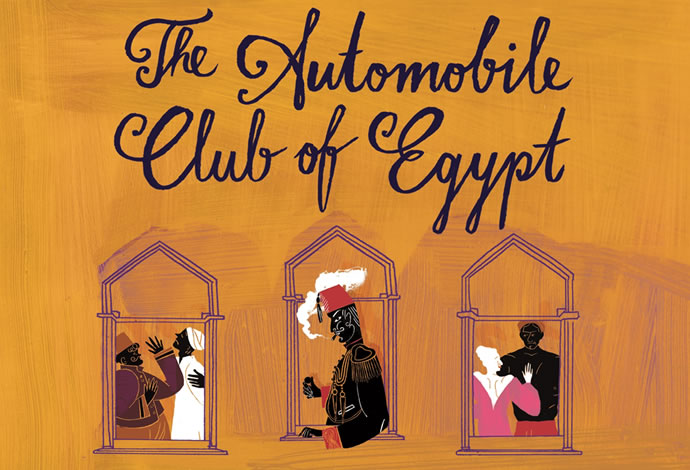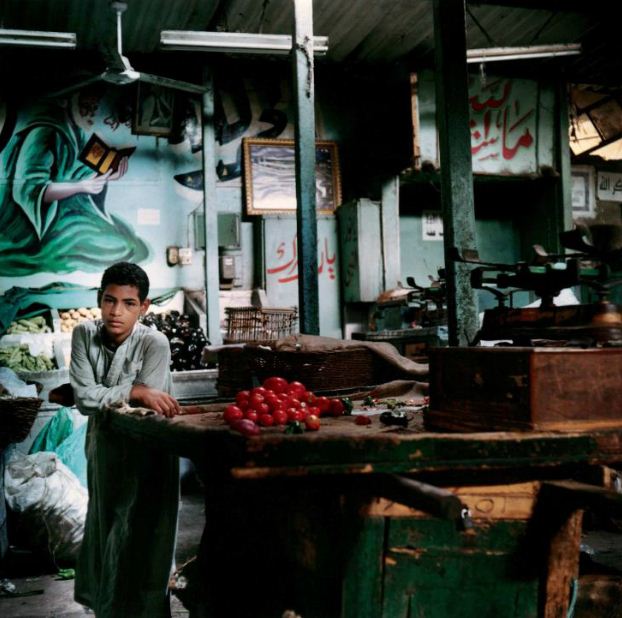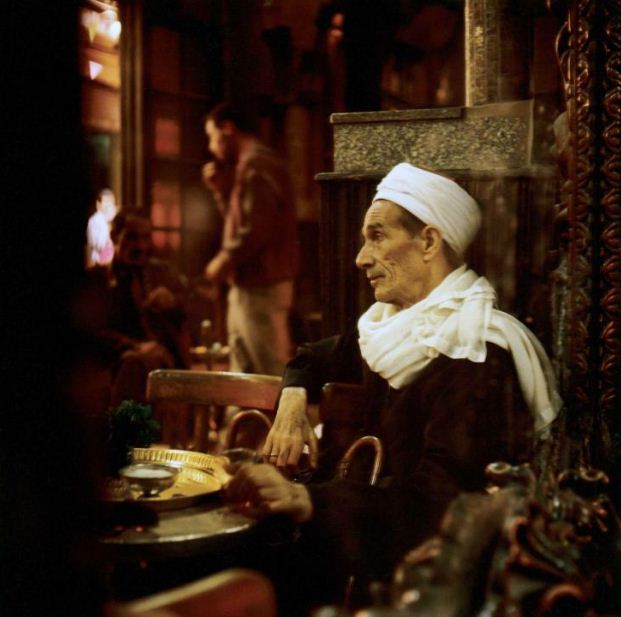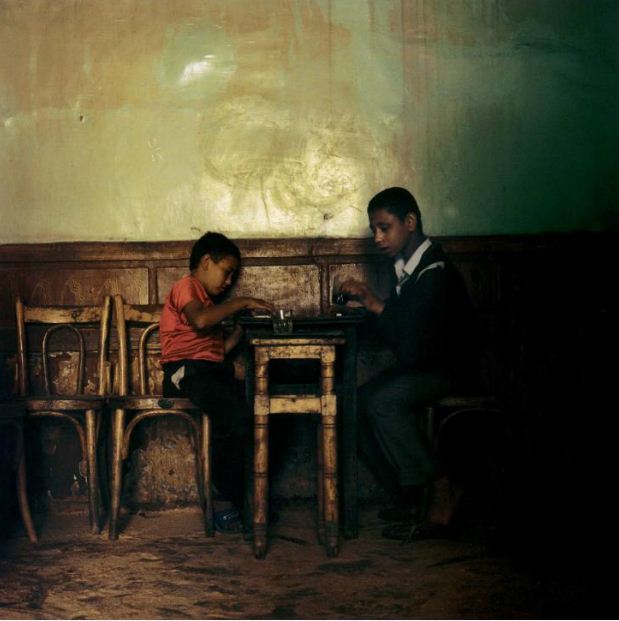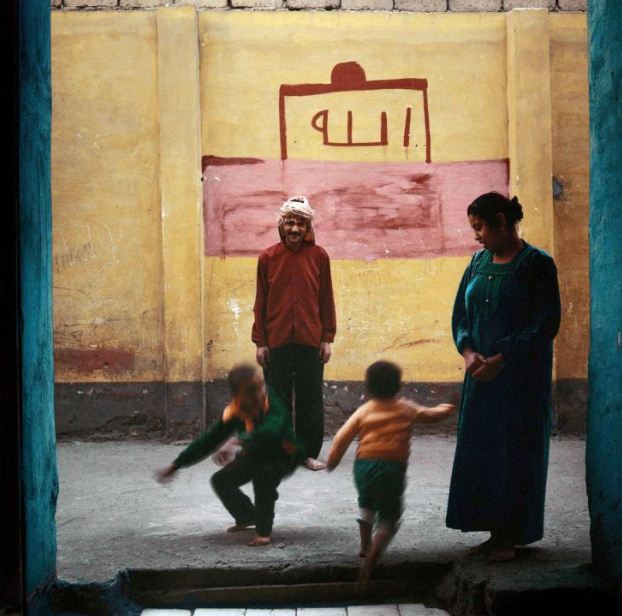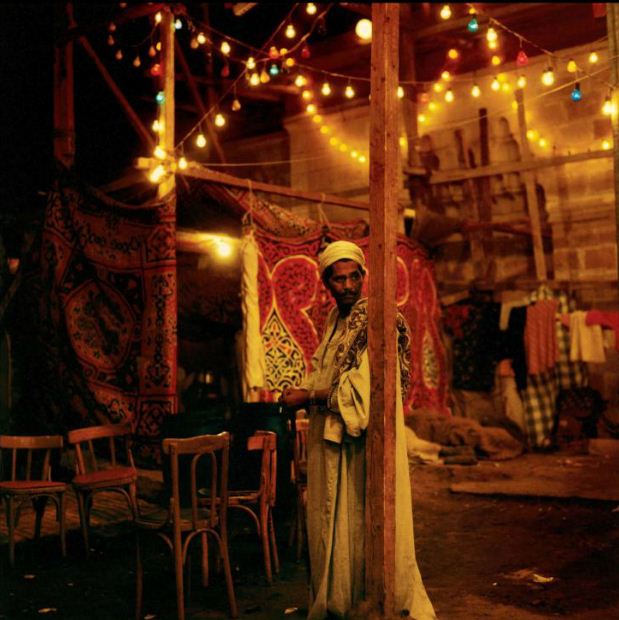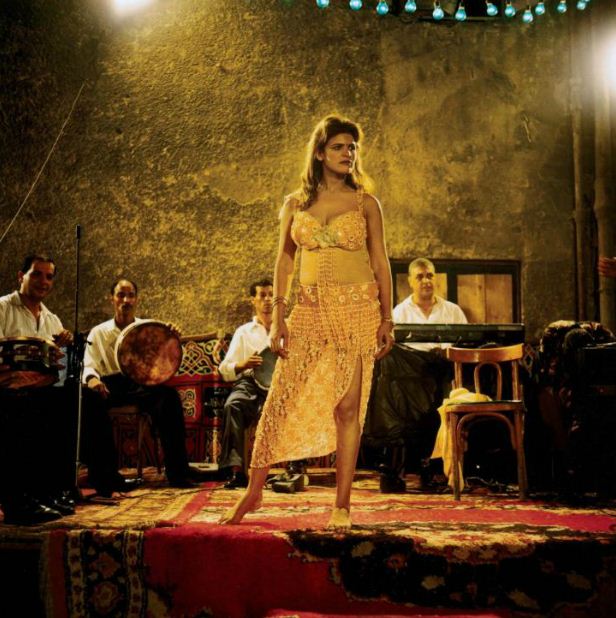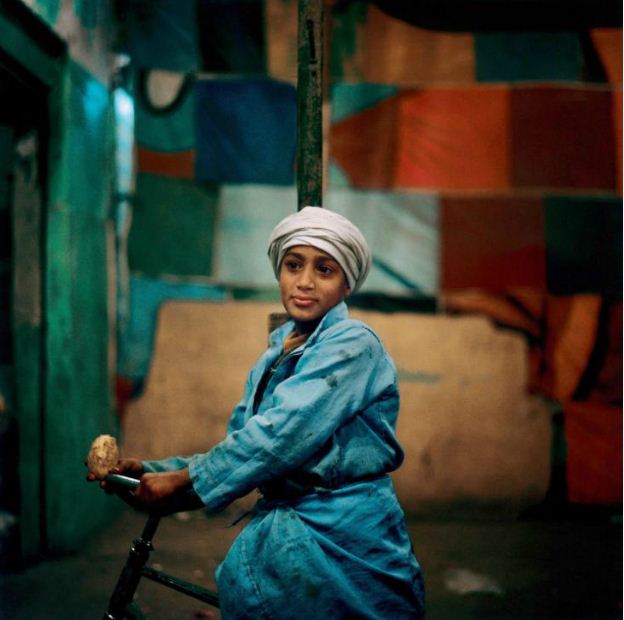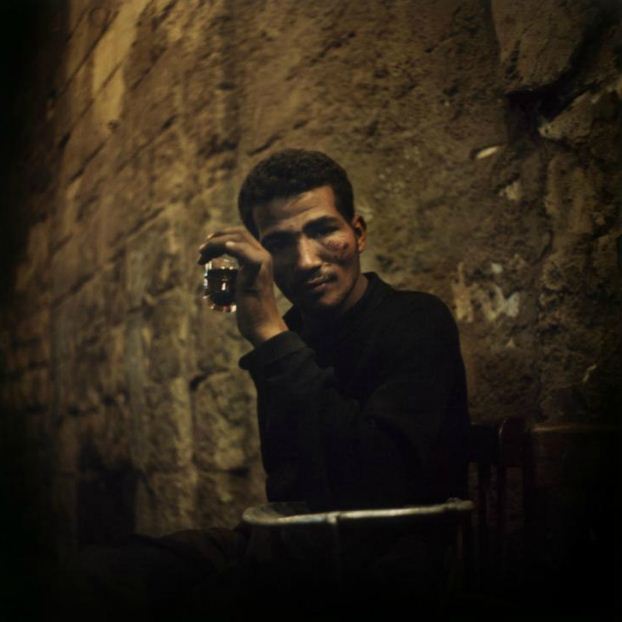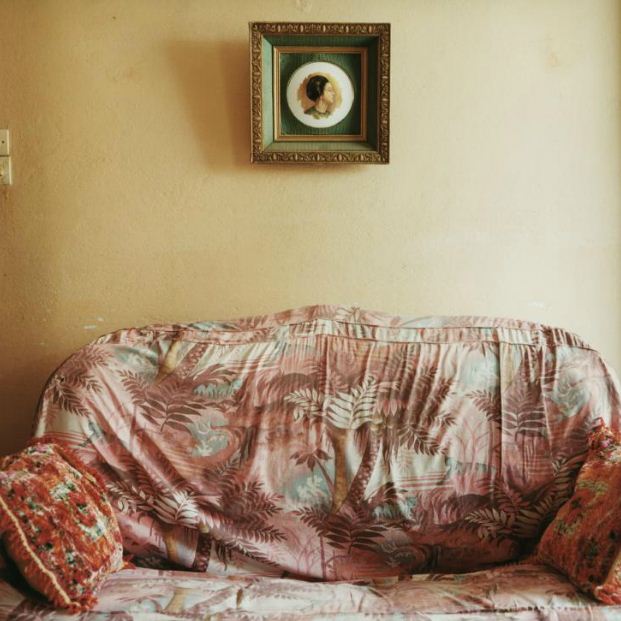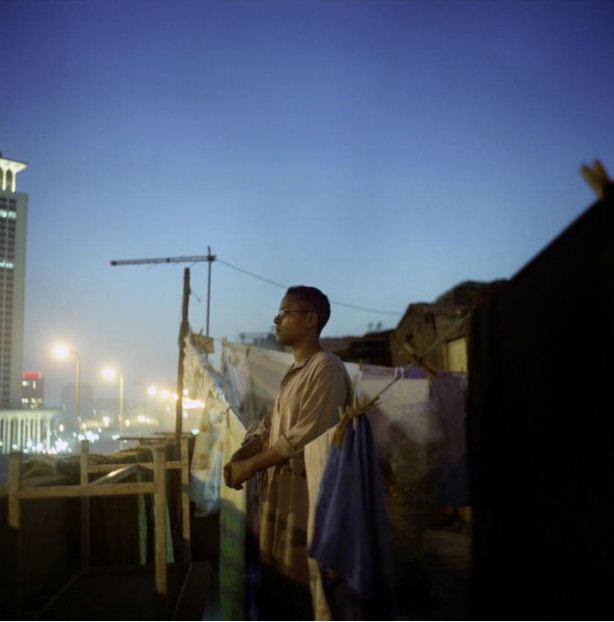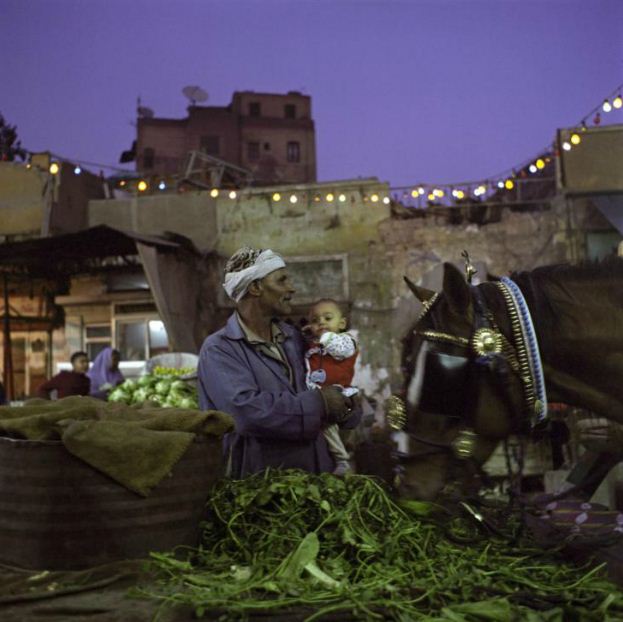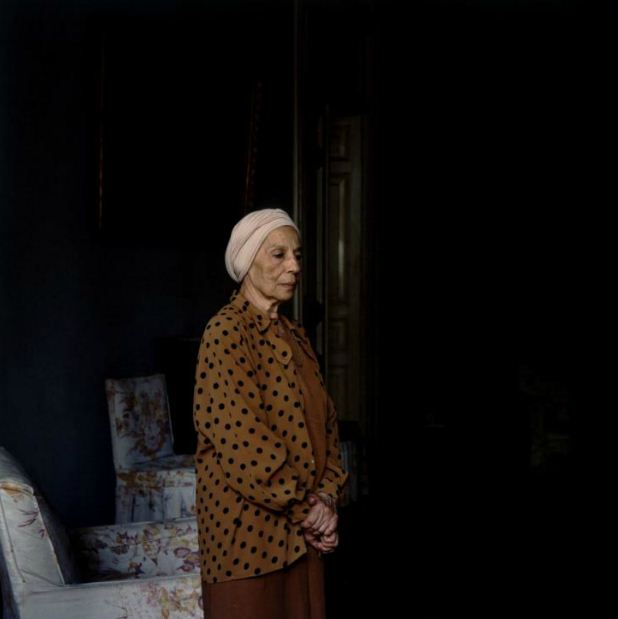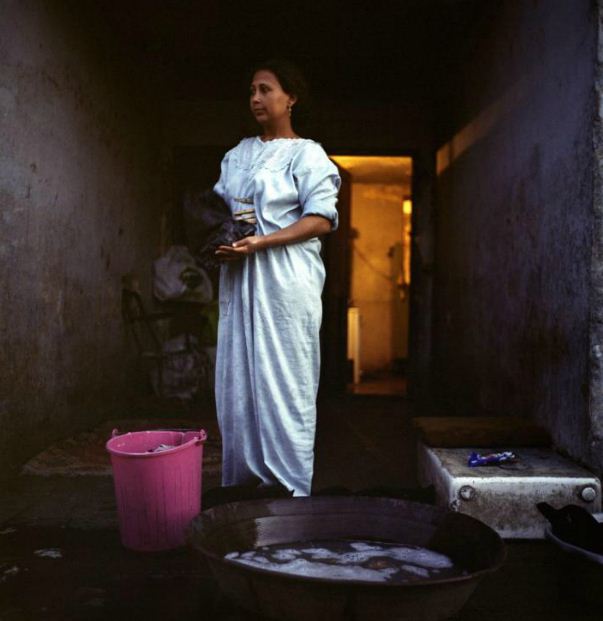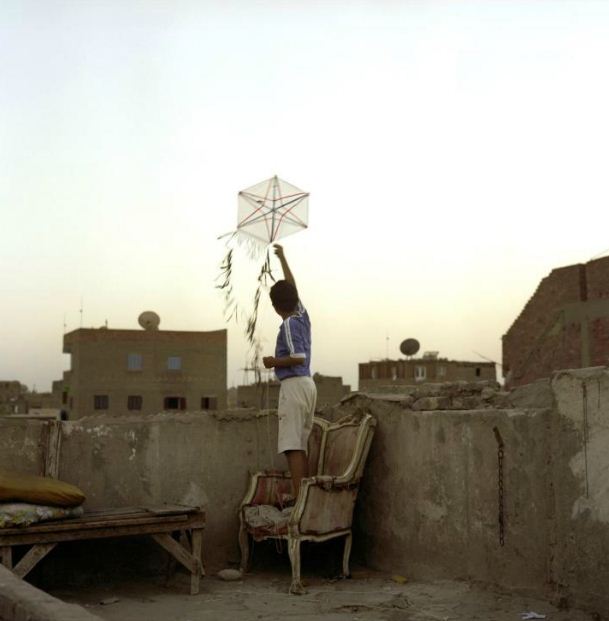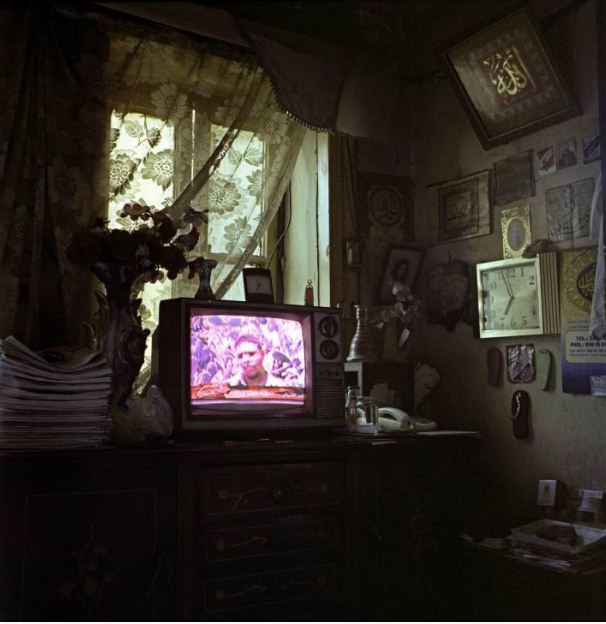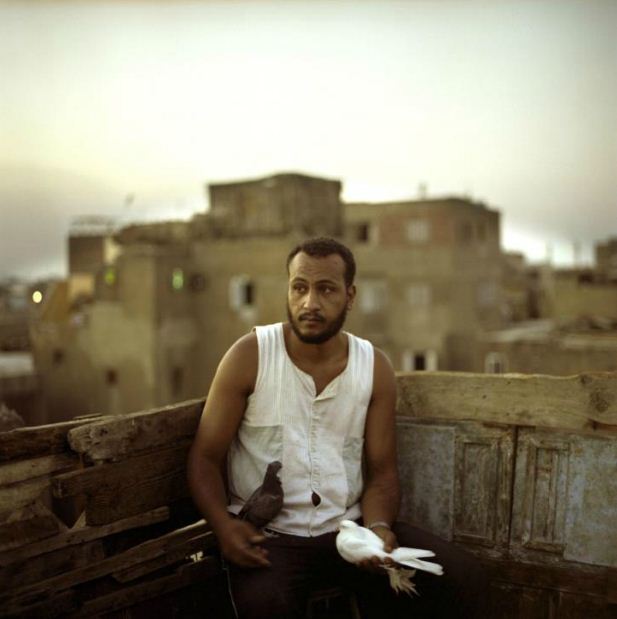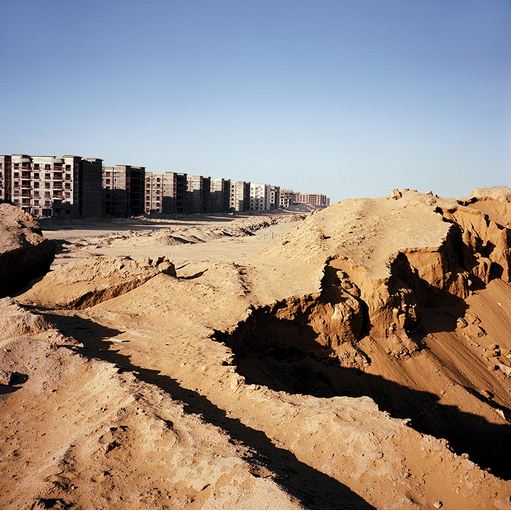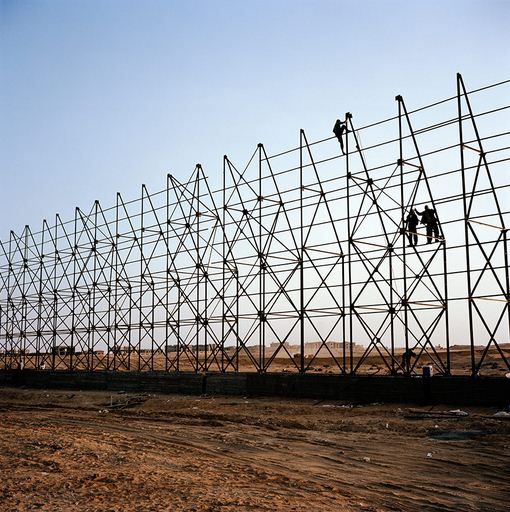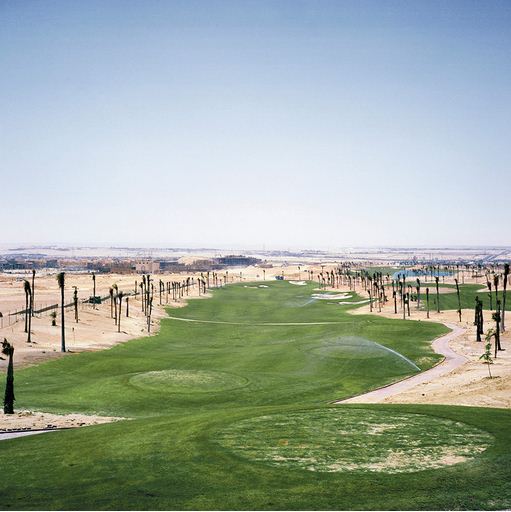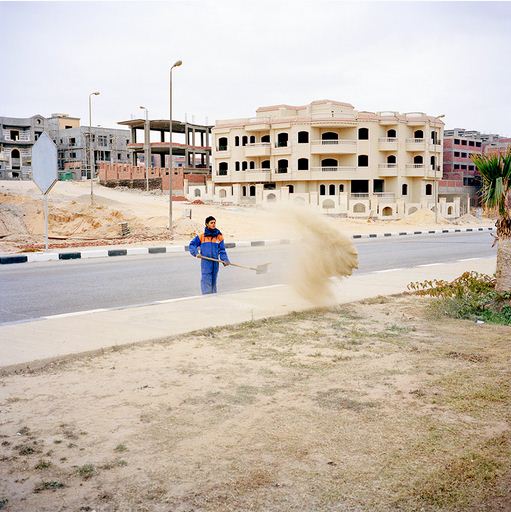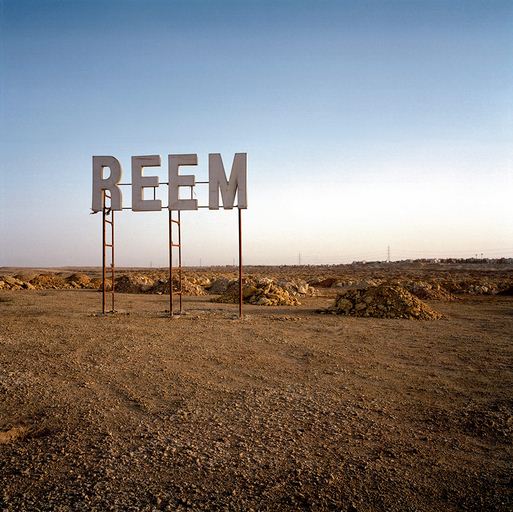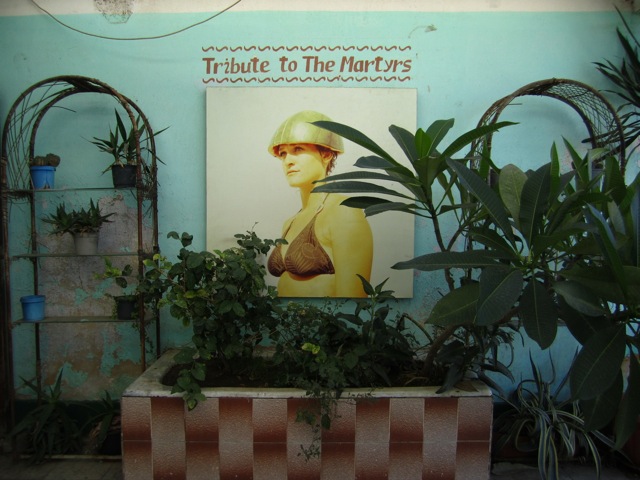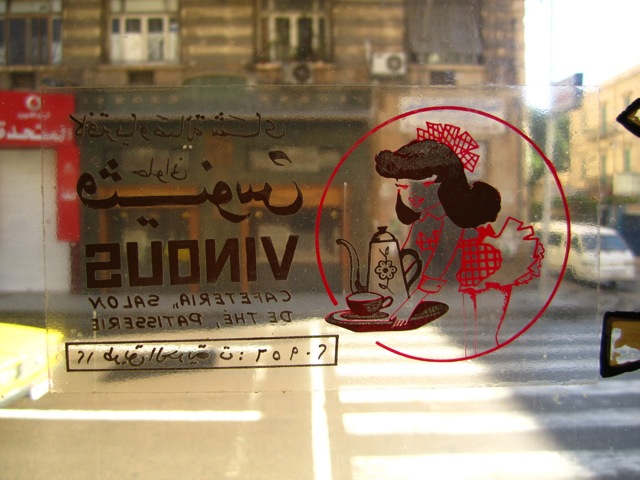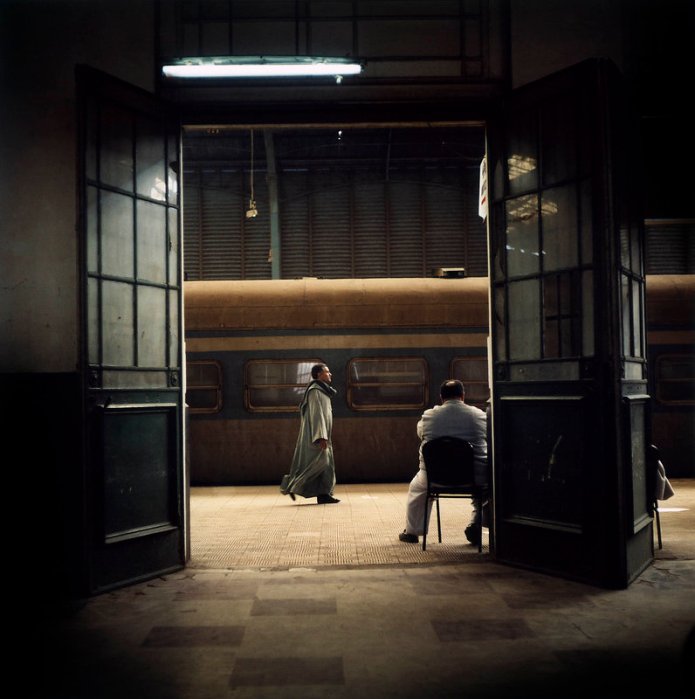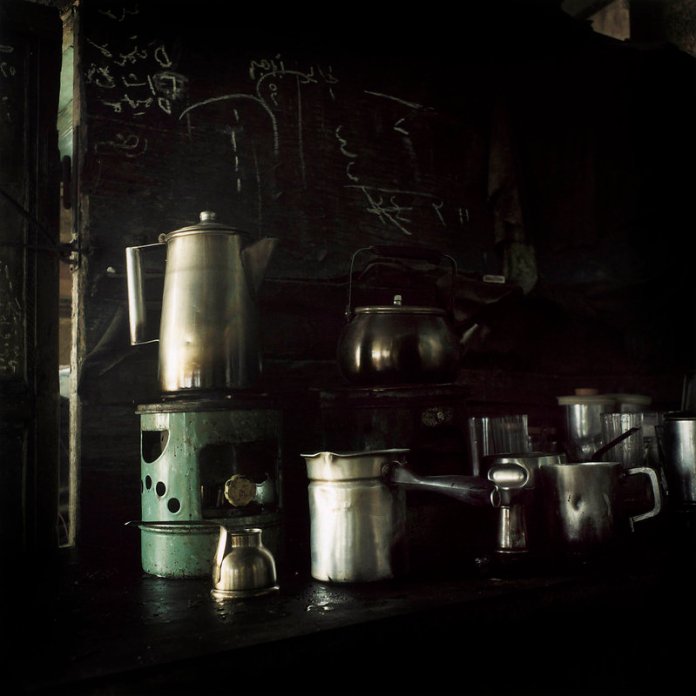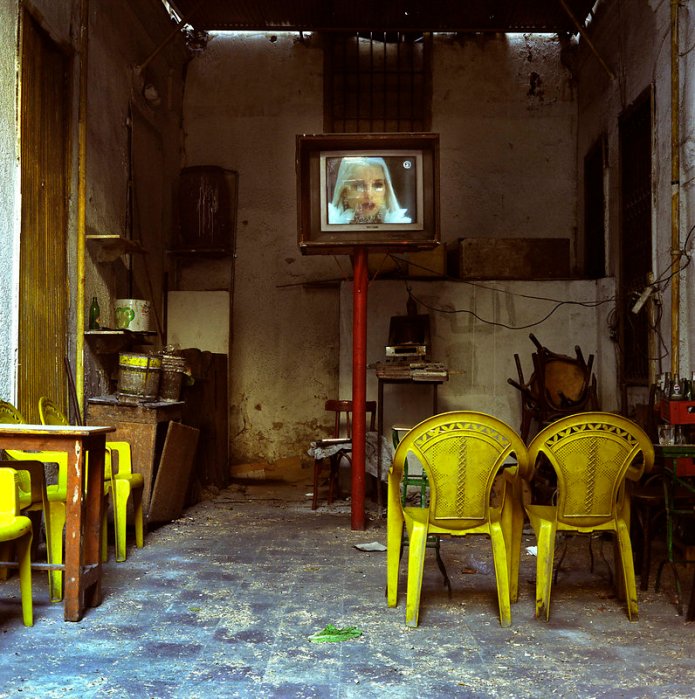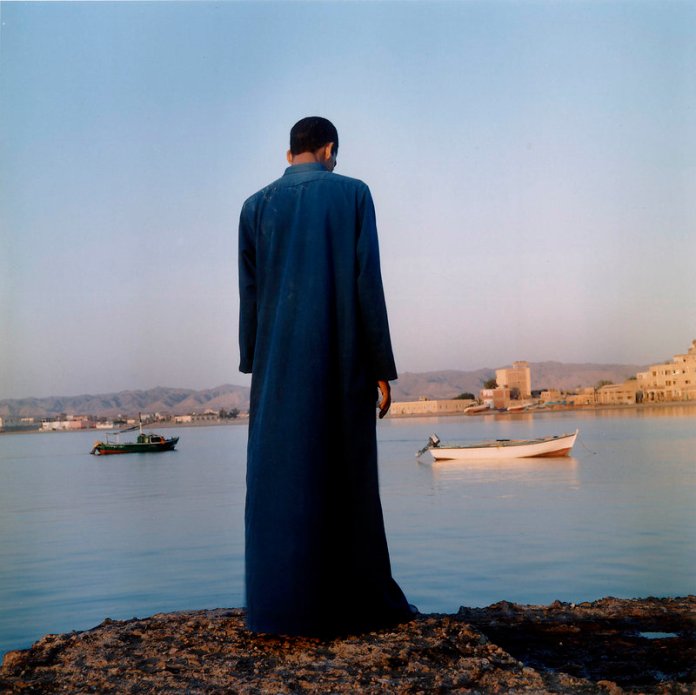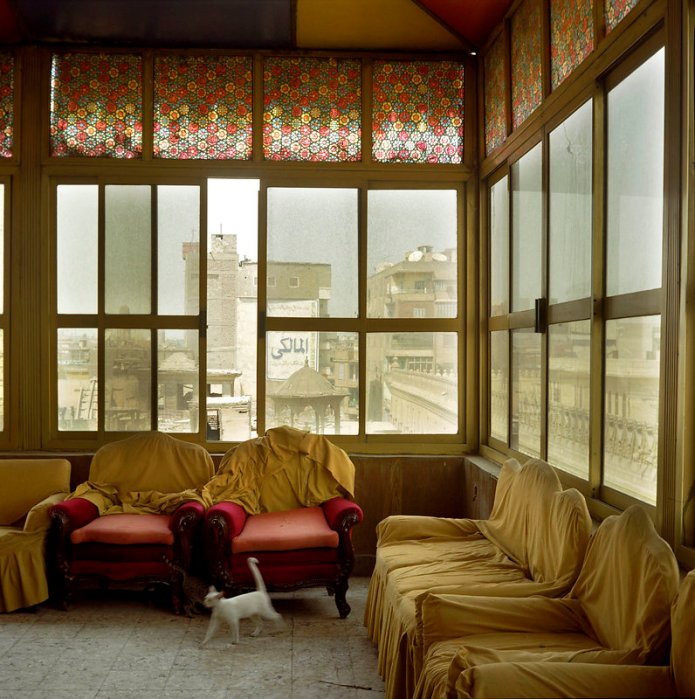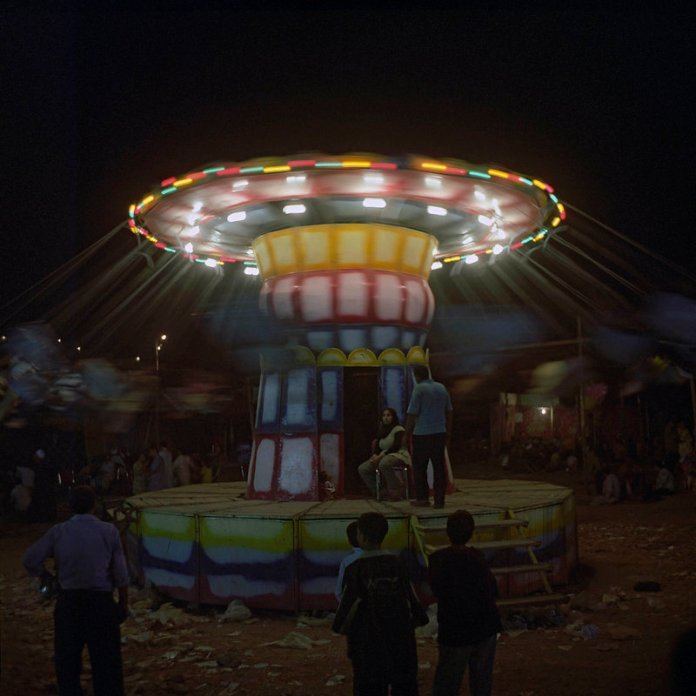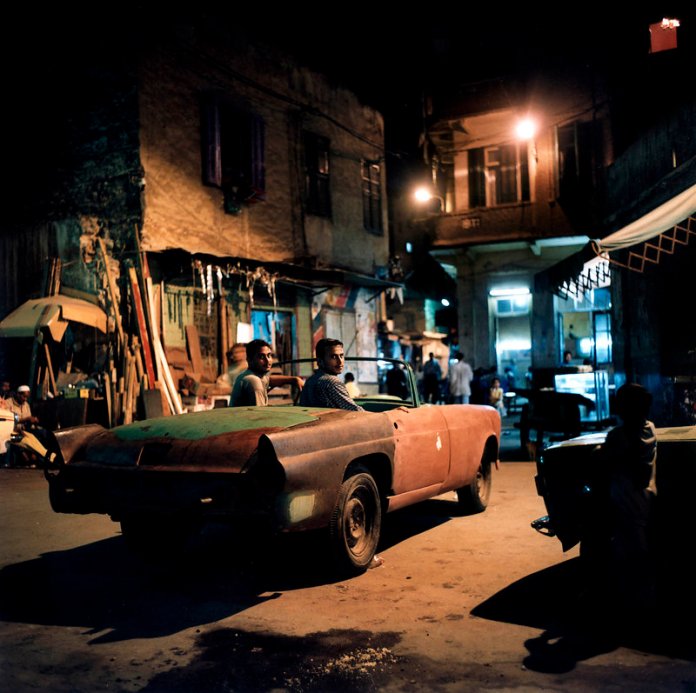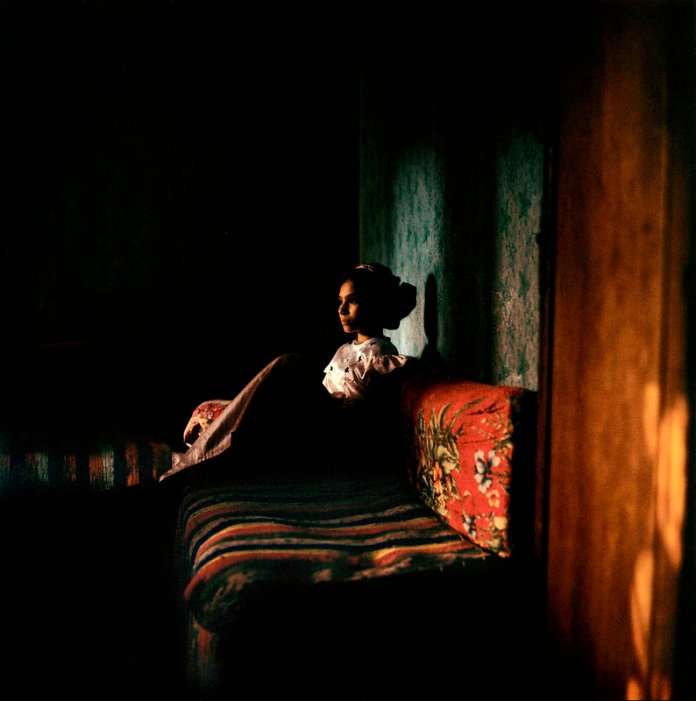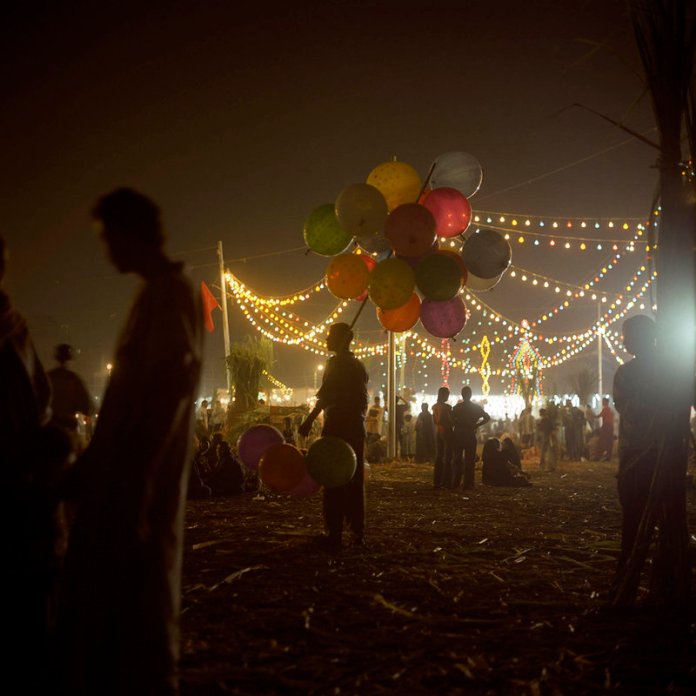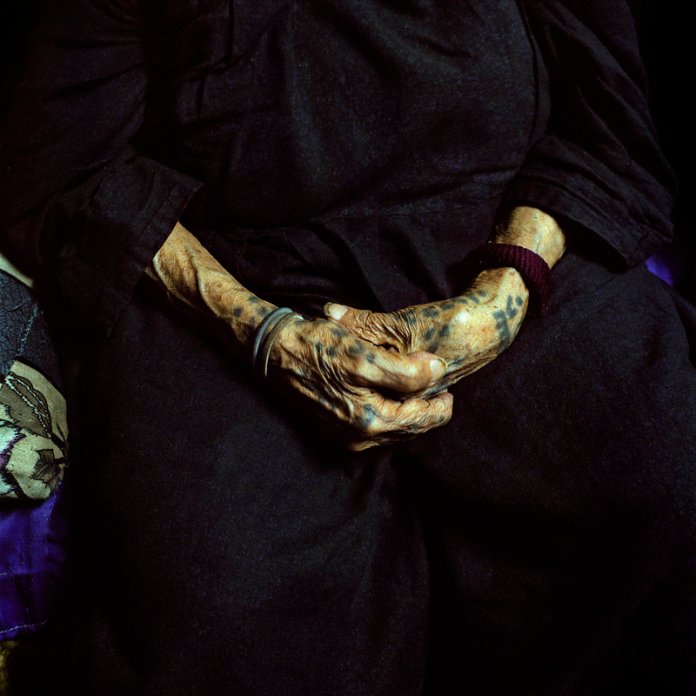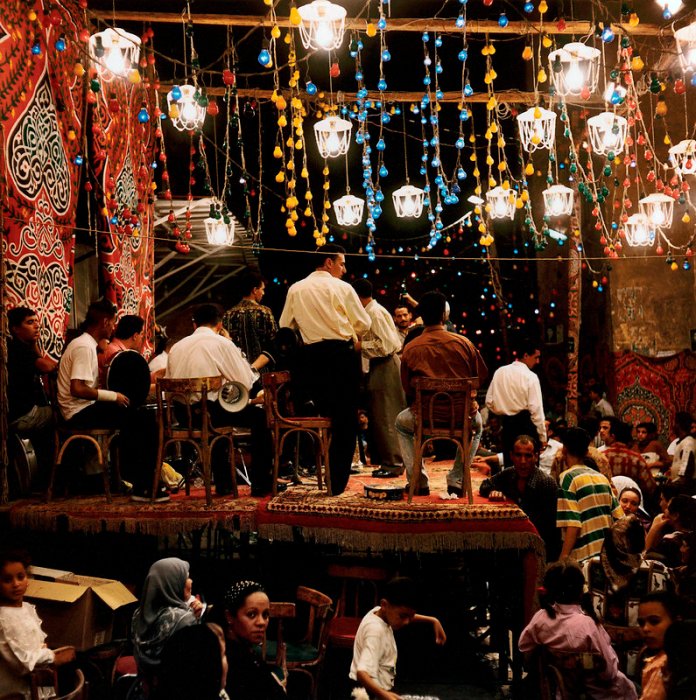The following is an excerpt from Alaa Al Aswany’s lovely book The Automobile Club Of Egypt.
✍
“The story started when a man called Karl Benz met a woman called Bertha.
In the only extant photograph of him, Karl Benz appears distracted, his mind so preoccupied by something other than the details of daily life that he has forgotten to do up the buttons of his jacket as he stands for the camera. His face appears to show a deep-grained sadness, a look of despondency left by a hard childhood. His father, a railroad engineer, had died in a terrible accident when Karl was just two, and his mother fought hard to provide him a good education.
Still, he had had to start working at a young age in order to help support his siblings. The photograph shows his intelligence and determination, but it also portrays him as somewhat distant, as if he is looking at something on the far horizon that only he can see. Bertha’s photograph, on the other hand, reflects a special type of beauty, one not sensual but brimming with maternal tenderness.
Still, the captivating graciousness and angelic modesty of her features cannot hide a steely determination of her own and a readiness to sacrifice herself for duty.
It was July 20, 1872. In the German city of Mannheim, the church was full to the rafters with men and women in their Sunday best, so many people having been invited that some had to stand during the ceremony. Despite rebukes and reprimands, the children kept babbling and fidgeting. The smell of the freshly painted church walls permeating the hot air did nothing to relieve the stifling heat as the women muttered and rapidly fanned themselves with their patterned silk fans.
Suddenly, cries of joy went up, along with scattered clapping, as Karl Benz appeared in his elegant white suit, arm in arm with his bride, Bertha, who glittered in a beautiful gown of green French lace encrusted with small clusters of diamanté, the gown glistening and the deep round neckline showing off her exquisite skin. It was pulled in tightly to highlight her fabulous waist and below that puffed out in a bell shape like a ballet dancer’s costume.
The couple walked slowly up the aisle to the altar and then repeated the marriage vows uttered first by the corpulent priest, who, due to the heat, took a sip after every sentence from a glass of cold water placed near him and wiped the sweat from his brow with a large white handkerchief.
Karl held Bertha’s hand and spoke his vow in a staccato and rasping voice, as if he was reticent about the words. When it was Bertha’s turn, her face reddened slightly, her breath becoming irregular, and the words came out in the disjointed fashion of a schoolgirl reading out a difficult text for a demanding teacher:
‘In the name of our Lord Jesus Christ, I take thee, Karl Benz, to be my lawfully wedded husband. To have and to hold, from this day forward, for better, for worse, for richer, for poorer, in sickness and in health, to love and to cherish, till death do us part.’
A dinner for the family and some close friends followed the ceremony. Just before midnight, Karl opened the door to their new house, and Bertha paused before walking across the threshold. She thought about how one part of her life was coming to an end and a new one was beginning, and she whispered a prayer to God to bless their life together.
(…)
She knew that he was an engineer at a workshop and that he had set something up with a partner in order to earn a living. One day he came asking her to lend him a sum of money to buy out the partner. She did not hesitate for a moment but handed over the amount from her own savings, with Karl kissing her hands in gratitude.
He said excitedly that he would never forget her kindness, but within a few days he had gone back to his odd ways. He told her that he had rented the cellar of the Millers’ house in the next street as a workshop. There, he said rather brusquely, he would be able to finish what he had started in the workshop. Then he avoided answering any of her questions, smiled cryptically and left the house.
Karl started spending long hours at the cellar, refusing to allow Bertha to see it, and when she asked him who was cleaning the place for him, he pretended not to hear. As the days passed, his behavior became more erratic.
He would settle himself down in the far corner of the sitting room, smoking a cigar and saying nothing, completely aloof from everything around him, when suddenly he’d jump to his feet and rush out of the house as if he had just remembered some urgent chore. He would be gone for hours on end and, when he returned, would carry on as if nothing was awry.
(…)
Deep down, she was afraid of confronting the truth. Anxiety over her adulterous husband had been gnawing away mercilessly at her soul, and there was only the most remote possibility of his innocence. What if she were to confront him and he confessed to adultery? What would she do then?
Should she tell her family, walk out on him? She had to think it through properly first. She decided to play for time while preparing to have it out with him, remembering that once you start out on the road downhill, there is no stopping.
One morning after breakfast, as he was about to leave for work, she was standing by the door to see him off and was surprised to hear him say, avoiding her gaze, ‘I won’t be home tonight.’
‘For what reason?’
‘I’ve got some work that I can’t put off, so I am going to work through the night in the cellar.’
Now, for the first time, Bertha could not control herself. She exploded, and her voice could be heard throughout the house, ‘Just stop it, Karl. I can’t continue putting up with your lies. What work would make you spend the night out of the house? What do you take me for? I am neither a child nor a fool. I know what has been going on. You’re cheating on me, Karl. But why live a life of lies with me? Leave me and go to her, if you’re in love.’
She said all of this, standing with her hands on her hips, her hair disheveled, a look of fury on her face and her greenish eyes exuding bitterness and anger. She was raging, ready to fight it out, but then she burst into tears. Karl looked at her calmly, in a state of incomprehension. He knitted his brows and said nothing but tried to embrace her. She pushed him away forcefully, sobbing, and she shouted, ‘Get away from me!’
Then, suddenly, he grabbed her hand and pulled her toward the door as she cried out, ‘What are you doing?’
‘Come with me.’
He grasped her hand more tightly and pulled her outside.
The autumn sky was dull, overcast and threatening rain. Karl strode forth while Bertha tried to wriggle out of his grasp, almost falling a few times; they were such an odd sight that some passersby started giving them sidelong glances.
When they reached the Millers’ house, he led her down to the cellar and unlocked the door with his right hand while keeping hold of her with his left. The door screeched open in response to his kick. He pulled her inside, finally letting go of her hand to turn on the lamp.
Rubbing her now freed wrist, she looked around. The space was full of strange objects, machines great and small, bicycles of various sizes lying on the floor, a large blackboard covered with scores of equations, technical drawings hanging on the walls, a wooden workbench with engine parts on it with countless nails and screws in containers nearby.
Karl sat her down on the only chair, and he leaned against the old wall covered in flakes of paint as he started to explain. As she listened to him, she started to put the whole picture together, and her sullenness turned into astonishment. When he’d finished explaining, she asked him a few questions, to which he gave straightforward and complete answers.
Finally, there was nothing left to say, and a pregnant silence fell over them. Karl knelt down beside her, kissed her hands and knees and said, ‘Bertha, I love you. I will never love another woman. I am so sorry that my work has kept me away from you, but I have been working for years to achieve the dream I have been living for. I am trying, one day, to invent a horseless carriage. A carriage driven by a motor.'”
✍
